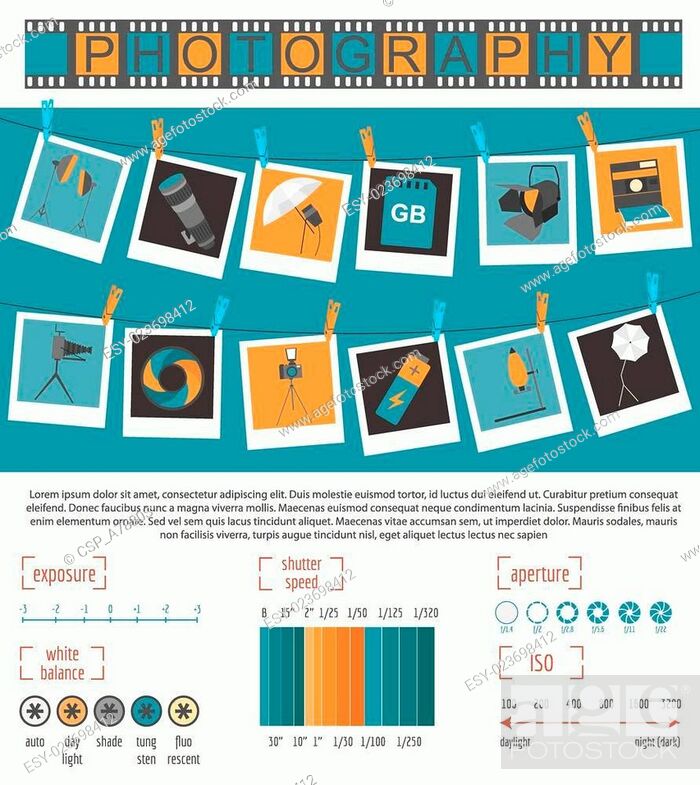What Every Digital Photographer Needs To Know About Lights
What Every Digital Photographer Needs To Know About Lights
Blog Article
Short Article Written By-Hinson Isaksen
As a professional photographer, you recognize that illumination can make or break your photos. Recognizing the nuances of both all-natural and artificial light is essential for catching the state of mind and quality you aim for in your job. Whether headshots for acting near me chasing the best golden hour glow or fine-tuning your artificial arrangements, understanding these components can boost your digital photography considerably. However there prevail challenges that several forget, and recognizing them can change your technique to every shoot. Let's explore what you might be missing and exactly how it can impact your results.
Understanding All-natural Light
Comprehending all-natural light is important for any kind of photographer seeking to enhance their job. It's the structure of great digital photography, influencing state of mind, tone, and clearness. When you fire outdoors, take note of the time of day. The gold hour-- shortly after sunrise and before sunset-- provides soft, warm light that can change average scenes right into stunning pictures.
Don't take too lightly the power of cloudy days. Cloud cover diffuses sunlight, creating a soft, even light that's perfect for portraits and macro digital photography. You'll discover colors appear this kind of illumination without harsh darkness.
Positioning issues, as well. Always consider your topic's positioning to the source of light. If the sunlight's behind your topic, you may wind up with a silhouette, which can be significant however mightn't be what you want. On the other hand, direct sunshine can produce uncomplimentary darkness.
Trying out angles; often, altering your perspective can generate outstanding results. Usage simply click for source , like water or sand, to bounce light onto your topic, adding dimension.
Learning Artificial Light
Mastering fabricated light is essential for professional photographers who wish to take their abilities to the following level. Whether you're using speedlights, workshop strobes, or continual lights, recognizing exactly how to adjust these resources can considerably boost your images.
Start by familiarizing yourself with the basics of light high quality, direction, and color temperature. Trying out various modifiers like softboxes, umbrellas, or grids to regulate the gentleness or cruelty of the light.
You'll find that soft light frequently creates lovely outcomes, while harsher light can include dramatization and deepness. Don't shy away from darkness; they can boost the three-dimensionality of your subjects.
Pay very close attention to the placement of your lights. A light positioned as well near your subject can develop unflattering outcomes, while as well away can bring about a lack of detail. Utilize a light meter or your camera's pie chart to guarantee you're revealing appropriately.
Lastly, remember that fabricated light can be mixed with ambient light for creative results. Balancing these resources might take practice, but once you grasp it, your photography will genuinely beam.
Strategies for Different Scenarios
When you step into various shooting situations, adapting your lights techniques is essential for catching the best pictures. For exterior portraits, utilize the gold hour-- morning or late afternoon light-- to soften darkness and boost skin tones.
If it's a rough lunchtime sunlight, consider utilizing a reflector to jump light back onto your subject or seek shaded areas for a much more also direct exposure.
In https://telegra.ph/Crucial-Digital-Photography-Equipment-What-You-Actually-Need-To-Begin-01-08 -light situations, like indoor events, enhance your ISO and make use of a wide aperture to let in more light. A tripod can help get rid of cam shake, enabling longer exposures without obscuring.
If you're shooting at evening, try out off-camera flash to create vibrant lighting and depth in your pictures.
For product digital photography, utilize diffused lights to stay clear of rough representations. Softboxes or light outdoors tents can aid attain this result.
When photographing landscapes, think about the direction of light and time of day, as it can substantially change the state of mind of your shot.
Constantly prepare to change your settings and placing based upon the circumstance, as adaptability is essential to understanding lighting in digital photography.
Final thought
Finally, grasping lights is vital to boosting your photography skills. Accept all-natural light's charm throughout golden hour, and do not shy away from trying out synthetic light strategies. By adjusting your approach to various scenarios, you'll capture spectacular pictures that resonate with emotion and clarity. Bear in mind, the ideal illumination can transform an ordinary shot into something amazing, so keep practicing and refining your understanding of both all-natural and synthetic light. Pleased shooting!
